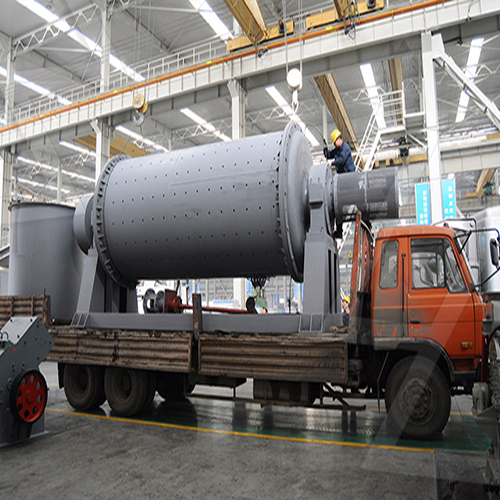Tungsten ore mining and processing involve several stages to extract tungsten from its ores, primarily wolframite (Fe,Mn)WO₄ and scheelite (CaWO₄). Tungsten is a critical metal used in high-strength alloys, cutting tools, electronics, and military applications. Below is an overview of the process:
—
1. Tungsten Ore Mining
Tungsten deposits are typically found in veins, skarns, or placer deposits. Mining methods include:
– Open-pit mining (for near-surface deposits)
– Underground mining (for deeper veins)
– Alluvial/placer mining (for secondary deposits)
Key tungsten-producing countries include China (dominant producer), Russia, Vietnam, Canada, and Bolivia.
—
2. Ore Beneficiation (Concentration)
Since tungsten ores have low grades (~0.1–1.5% WO₃), they must be concentrated before further processing. Methods include:
# A. Gravity Separation
– Used for coarse-grained wolframite due to its high density.
– Techniques: Jigging, shaking tables, spiral concentrators.
# B. Flotation
– Applied for fine-grained ores or scheelite.
– Collectors like fatty acids or hydroxamates are used.
# C. Magnetic & Electrostatic Separation
– Wolframite is weakly magnetic; scheelite is non-magnetic.
– Used to separate tungsten minerals from gangue.
The result is a tungsten concentrate (~60–75% WO₃).
—
 3. Chemical Processing to Extract Tungsten
3. Chemical Processing to Extract Tungsten
Two main routes depending on the ore type:
 # A. Alkali Leaching (Scheelite)
# A. Alkali Leaching (Scheelite)
– Scheelite reacts with sodium carbonate (Na₂CO₃) under pressure:
\[
\text{CaWO}_4 + \text{Na}_2\text{CO}_3 → \text{Na}_2\text{WO}_4 + \text{CaCO}_3
\]
– Sodium tungstate solution is purified and precipitated as calcium tungstate or converted to ammonium paratungstate (APT).
# B. Acid Leaching (Wolframite)
– Wolframite is digested with hydrochloric acid (HCl) or sodium hydroxide (NaOH):
\[
\text{(Fe,Mn)WO}_





Leave a Reply